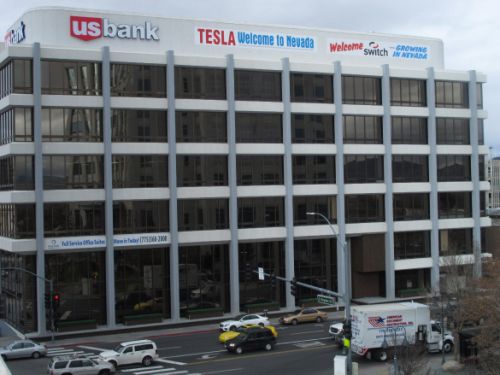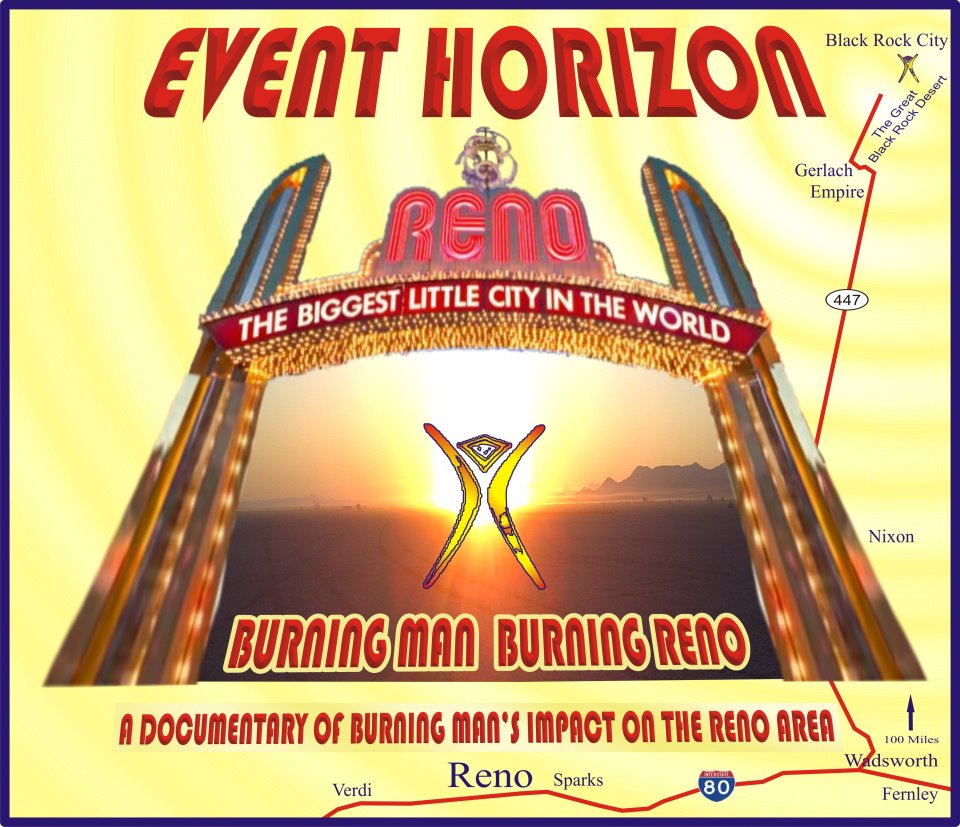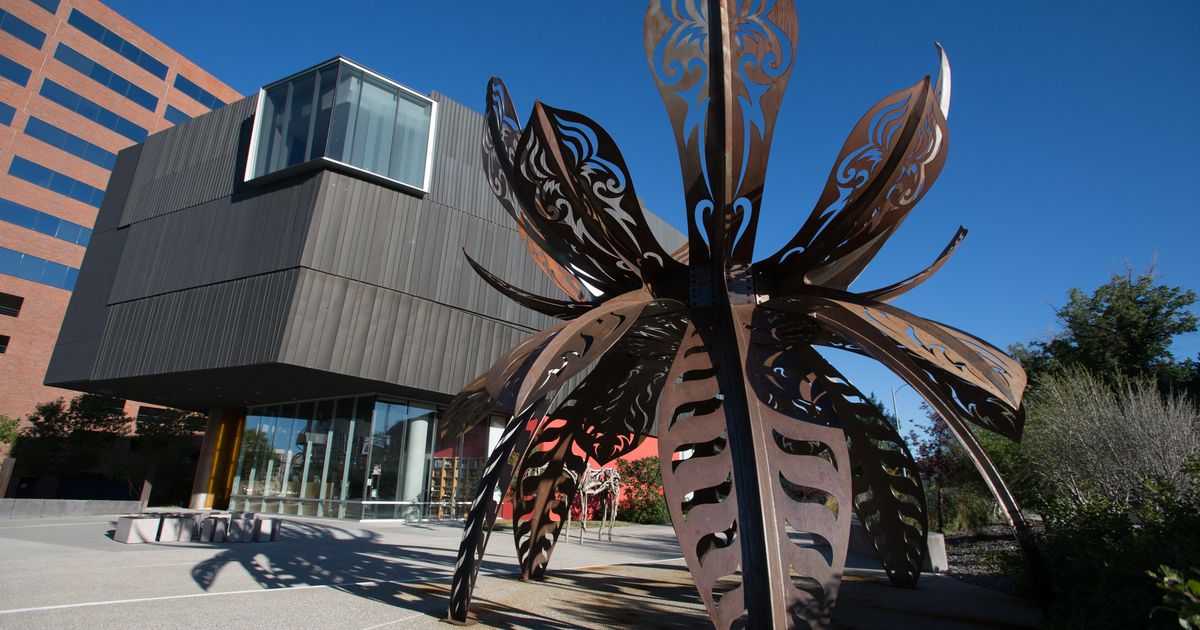On July 29, I represented Burning Man at the annual State Of The Arts symposium, which was held at the Nevada Museum of Art in Reno. The symposium covered three main topics: the missions of arts organizations, creative education in schools, and the economic impact of the arts in the northern Nevada region. I was one of 18 panelists, which included these organizations:
• Artown
• Arts For All Nevada
• Bruka Theater
• Burning Man
• Capital City Arts Initiative
• The Discovery Museum
• Holland Project
• KNPB Public Broadcasting
• Lake Tahoe Shakespeare Festival
• Nevada Museum of Art
• Reno Chamber Orchestra
• Reno Little Theater
• Reno Philharmonic
• Sierra Arts Foundation
• Sierra Nevada Ballet
• St Mary’s Art Center
• University of Nevada
Our discussion centered on where the arts are now and the possibilities for arts culture in the future. Much of the conversation focused on the local lack of jobs in the arts industry, the difficulty in obtaining funding for nonprofit groups, and the need for arts within the educational system. Reno is in the midst of a changing economy, casinos are in decline and tech companies like Tesla & Switch are moving into the area.

“We have to develop our audiences,” – Beth Macmillan, executive director of Artown, the annual, month-long art festival in July. Many of the leaders emphasized the importance of attracting outside audiences, not just local ones. “Tourists want an authentic experience so they want to go where the locals go,” – Christine Fey, resource development and cultural affairs manager for the city of Reno.
Attracting people is a mysterious process. I observed that “Burning Man has the ability to attract 70,000 people to one of the harshest desert environments in America. Theoretically, Reno has the advantage— it has many vacant hotel rooms with flush toilets, and ChocoTacos right at the corner store.” News of Burning Man’s negotiations with the BLM is closely followed by Reno-ites; the ensuing laughter showed that the audience caught the reference.
During the Q& A session, I was asked “What is Burning Man doing to support education in the local area?” I responded that there have been several initiatives which have gone beyond the orange fence, including Burners Without Borders and Black Rock Solar, which was the first non-profit solar company in the US. While we do not yet have an educational outreach program, we do have Kidsville at the event, a place where kids can play, learn and create art.
There was some discussion about marketing on social media, using crowdfunding to gather contributions and looking at ways to partner with other groups. Consultant Karen Craig, of Creative Cities, reminded the 18 panelists and the audience, that — between all of the represented organizations — they had a total budget of about $50 million annually.
David Walker, executive director of the Nevada Museum of Art, stated that “People invest in really good ideas,”
But what exactly is the idea that makes Burning Man attractive? I pointed out: “Few people realize this, but Burning Man is really in the ranching business. Once a year, we roundup a bunch of creatives, corral them out in the desert and have an art rodeo. Now we’re trying to figure out how to support these artists beyond the desert.”
It is clear that Reno is currently at the Event Horizon of Burning Man.

Our Master of Ceremonies for this State of the Arts symposium was Amanda Horn, Director of Communications at Nevada Museum of Art. Her face was strangely familiar to me, but it wasn’t until our conversation after the symposium that I found out I had seen her at Burning Man many years ago— when she was on a playa stage, performing with The Circus at The End of the World.
. Indeed, We Are Everywhere.



One Comment
Rod Coleman said:
August 1, 2015 at 4:01 PM
Though I disagree that art is, (nor should be), an industry, I like the idea that Burning Man is an art Rodeo. A cattle drive is an industry. A rodeo is more playful. “Art is that which everything else isn’t” – Theodore Roethke